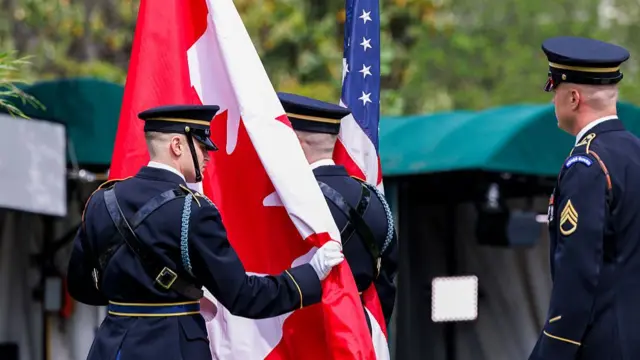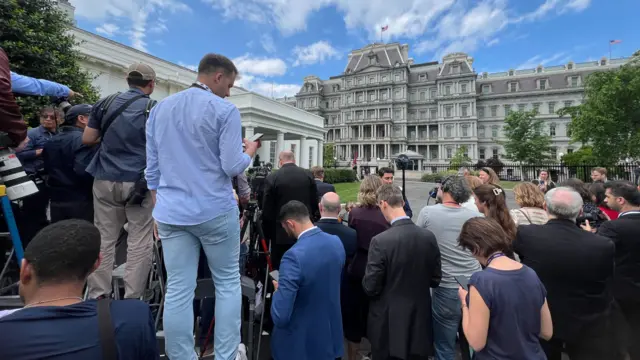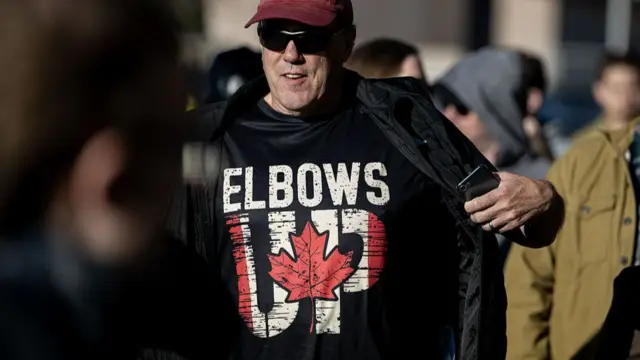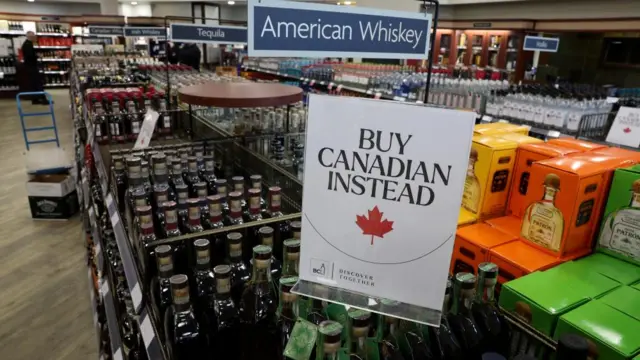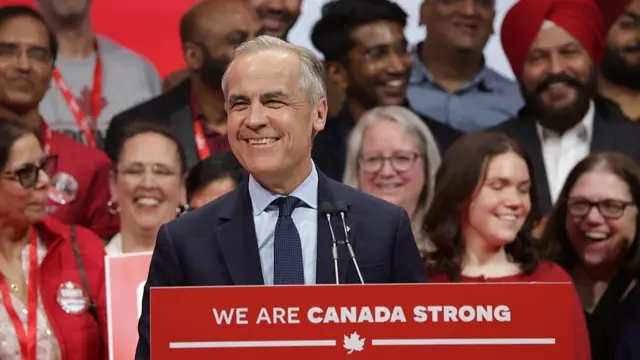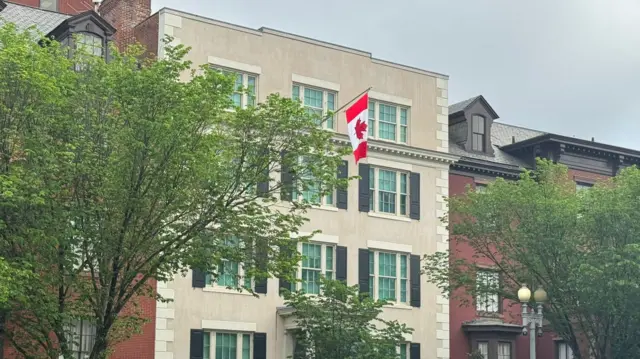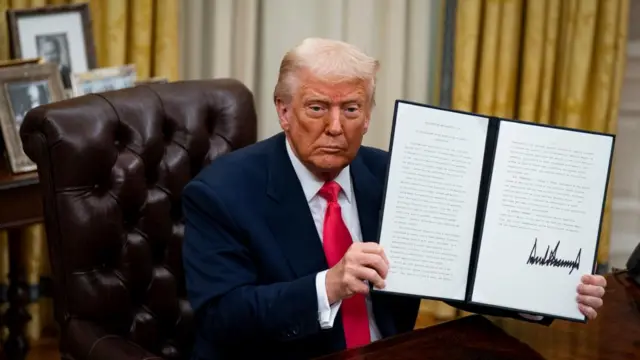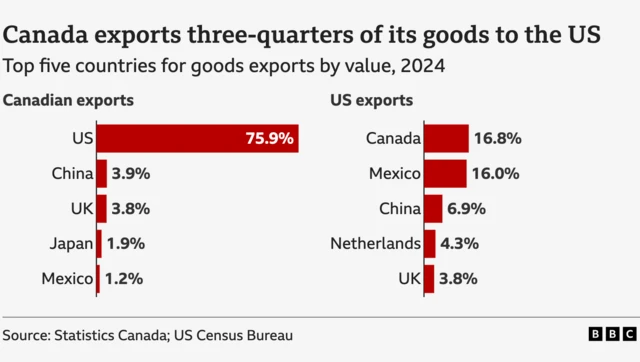Carney arrives for Trump meetingpublished at 16:55 BST 6 MayBreaking
Watch: Trump greets Carney at the White House
After a 25-minute delay, Canadian Prime Minister Mark Carney has just arrived at the White House ahead of his meeting with US President Donald Trump.
You can watch the leaders' greeting in the stream at the top of this page by tapping the watch live button.
Stay with us for further coverage.
